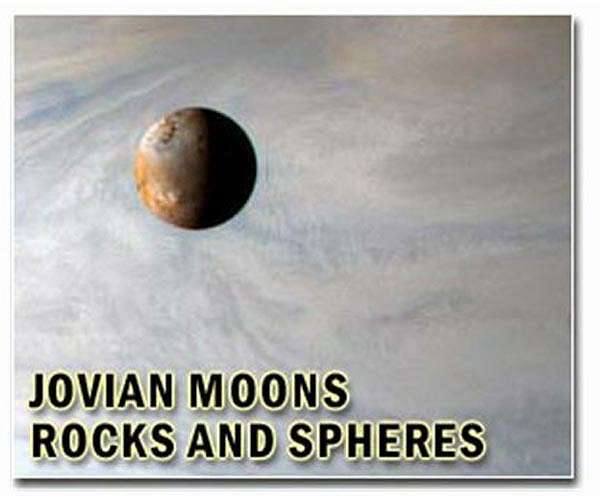21.08.2023

The intricate multi-body dynamic environment stemming from Jupiter and its four prominent Galilean moons complicates trajectory design and optimization. Coupled with the formidable radiation surrounding Jupiter and spacecraft's limited fuel, these challenges necessitate advanced and intricate design solutions.
To bridge this gap, a joint study by scholars from Nanjing University of Aeronautics and Astronautics alongside their peers at Rutgers, The State University of New Jersey, dove deep into the trajectory design and optimization methods of the past two decades. Their findings, recently published in Space: Science and Technology, provide an encompassing summary of cutting-edge methodologies concerning four pivotal exploration stages: capturing Jupiter, touring the Galilean moons, mapping Jupiter globally, and finally, orbiting and landing on a target moon.
Jupiter Capture Trajectories
The review highlighted techniques and optimization for Jupiter capture trajectories, which significantly decrease the required delta-V (?v) using satellite-aided capture methods. Historically, single-satellite-aided capture was derived by Cline. The modern approach, as studied by Lynam et al., expands to triple- and quadruple-satellite-aided captures, which, though complex, are more efficient in reducing ?v. Additionally, strategies such as using long tethers to harness Jupiter's robust magnetic field or the technique of cloudtops arrivals offer alternative means to efficiently enter Jupiter's orbit.
Touring the Galilean Moons
When touring the Galilean moons, the patched-conics model remains the prevalent choice due to its simplicity in designing flyby sequences. Advanced techniques like the V-infinity leveraging maneuvering (VILM) and tools like the Tisserand graph amplify the efficiency of orbit maneuvers. Yet, there's a recognition that two-body techniques, although convenient, might be limiting. Hence, newer three-body trajectory design methods are on the rise, with AI showing promise in solving the traditionally challenging three-body problem.
Jupiter Global Mapping Trajectories
The study delves into Jupiter's global mapping trajectories, emphasizing high inclination needs. Approaches like using the Galilean moons' gravity assists and designing repeating ground-track orbits under Jupiter's non-sphere perturbation are spotlighted. Additionally, there's a nod to the challenges of adjusting exploration orbits that require longer flight-time transfers.
Moon Orbiter and Lander Trajectories
Discussing moon orbiter and landing trajectories, the authors note the suitability of low-altitude and near-polar orbits, especially around Galilean moons. However, challenges exist, such as highly inclined orbits around Europa being unstable due to Jupiter's gravitational influence. Multiple solutions, from natural frozen orbits for moons like Ganymede and Callisto to innovative mission orbits around unstable periodic orbits for observations, are explored.
Conclusion
The review concludes by juxtaposing different techniques, indicating that while two-body techniques are efficient for Jovian system flyby trajectories, they might escalate fuel costs. In comparison, three-body or multi-body techniques, though intricate and time-intensive, leverage the Jovian system's natural dynamics more adeptly. Moreover, low-thrust techniques, although fuel-efficient, present navigation challenges. Most trajectory optimization methods to date are deterministic, with robust trajectory optimization emerging as a future direction given its consideration of uncertainties. This comprehensive look signals the evolution of trajectory optimization, hinting at future breakthroughs integrating multi-body techniques, robust optimization methods, and AI.
Quelle: SD
